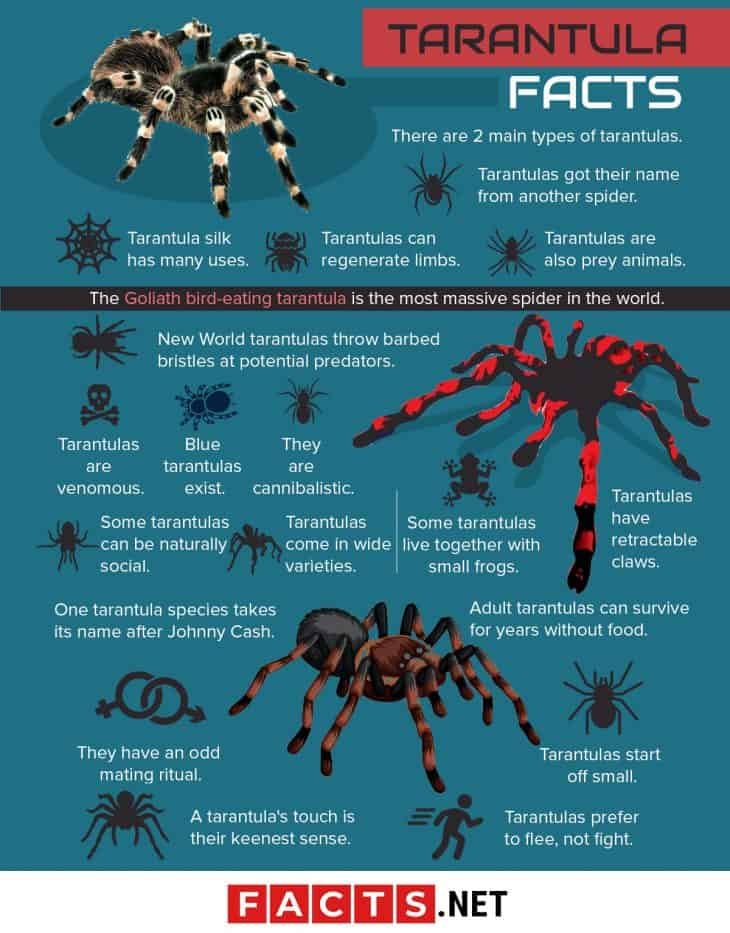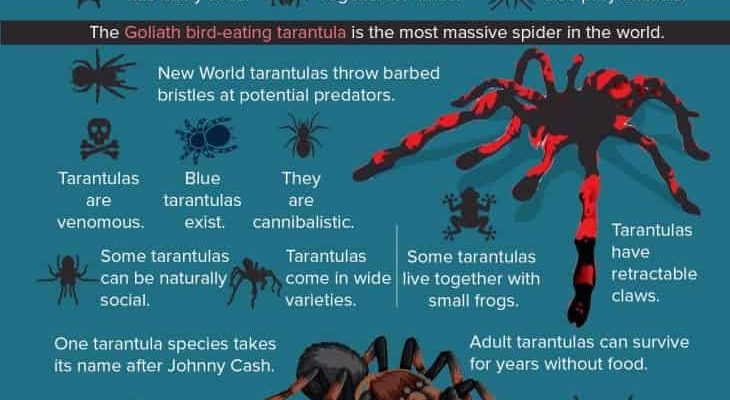
Skeleton tarantulas, scientifically known as *Haplopelma lividum*, often come from the lush forests of Southeast Asia. Their striking colors and distinctive features make them a popular choice for exotic pet enthusiasts. Let’s dive into the world of these captivating creatures and uncover some interesting facts that might surprise you.
1. Unique Appearance
Skeleton tarantulas are hard to miss thanks to their vibrant colors and interesting patterns. Unlike many of their furry cousins, these spiders have a sleek, almost ghostly appearance. Their bodies are often a blend of blues, greens, and blacks, which gives them the look of being dressed in stylish, shimmering armor. It’s like they’ve stepped right out of a fantasy novel!
Their long legs give them an elegant silhouette, making them appear almost graceful as they move. This unique look is a result of their evolutionary adaptations to their environment. It’s a survival strategy that helps them blend into the leafy canopies and dark underbrush of their natural habitat. You might even say that their appearance is part of their charm!
2. Habitat and Behavior
Skeleton tarantulas primarily inhabit the rainforests of Southeast Asia, where humidity and temperature are high. They prefer to stay underground in silk-lined burrows, which they fiercely defend. Here’s the thing: while they may look tough, they are quite secretive and shy. When disturbed, they often retreat deeper into their burrows instead of standing their ground.
These spiders are nocturnal, meaning they’re most active during the night. It’s almost like they have a secret nightlife, sneaking out under the cover of darkness to hunt. Their diet typically consists of insects, making them excellent predators. Imagine a tiny, underappreciated superhero, stealthily catching their prey in the quiet of the night!
3. Lifespan and Maturity
When it comes to lifespan, skeleton tarantulas can live impressively long for spiders. Females can live up to 20 years, while males tend to have shorter lives, typically around 5 to 7 years. That’s quite a difference! With females being the long-term residents of their burrows, they really are the queens of their domain.
Reaching maturity is a slow process for these tarantulas. They don’t reach adulthood until they’re about 3 to 4 years old. This prolonged development can feel like a waiting game. But once they mature, they’re not just beautiful spiders; they’re also capable of reproduction, contributing to the ongoing cycle of life in their habitat.
4. Temperament and Care as Pets
If you’re thinking about keeping a skeleton tarantula as a pet, you should know that they can be a bit temperamental. While they may not be as aggressive as some other species, they do have a strong defense mechanism. Their first line of defense is their ability to flick urticating hairs—tiny bristles that can irritate potential threats.
For those who still want to keep one, proper care is essential. They need a carefully maintained habitat with hiding spots and plenty of humidity. You might want to provide a shallow water dish, making it easier for these spiders to hydrate. Honestly, providing the right setup can make a huge difference in their overall health and well-being.
5. Conservation Status
While skeleton tarantulas are popular in the pet trade, their wild populations face challenges. Habitat loss due to deforestation and human activity poses a significant threat. Conservationists are working hard to protect these unique spiders and their habitats, but it’s a tough battle.
As someone who admires these fascinating creatures, supporting conservation efforts is a great way to help. Whether that means choosing responsibly sourced pets or getting involved in local conservation initiatives, every little bit helps.
6. Comparison to Other Tarantulas
When comparing skeleton tarantulas to other common species, like the Brazilian wandering spider or the Goliath birdeater, you’ll notice some key differences. For example, while the Brazilian wandering spider is known for its aggressive nature, skeleton tarantulas tend to be more reserved.
Their coloration also sets them apart. While the Goliath birdeater is massive and brown, skeleton tarantulas boast a stunning blue hue that catches the eye. It’s almost like comparing a rock star to a classic artist—both have their unique appeal!
7. Fun Myths and Misconceptions
There are many myths about tarantulas that can be misleading. For instance, some people believe all tarantulas are dangerous. While skeleton tarantulas can bite if provoked, they are generally not a threat to humans. Most bites are similar to a bee sting and are not deadly.
Another common misconception is that all spiders are pests. In reality, spiders like the skeleton tarantula play a crucial role in controlling insect populations. They’re essential for maintaining ecological balance. So, the next time you see one, consider how beneficial they can be!
8. The Fascination of Collecting
Many spider enthusiasts enjoy collecting tarantulas, and the skeleton tarantula is often a prized addition. Their unique looks, behaviors, and care requirements keep collectors engaged. It’s kind of like having a living piece of art that requires attention and respect.
For new collectors, it’s important to fully research and understand the needs of these creatures. The commitment to ensuring their well-being is essential. Remember, keeping a skeleton tarantula should be a rewarding experience, not just a passing fad.
As we wrap up our exploration of skeleton tarantulas, it’s clear these spiders are more than just creepy crawlies. They have rich lives filled with unique characteristics and behaviors. Whether you’re an enthusiast or just curious about them, I hope you’ve enjoyed learning about these fascinating creatures. The next time you think of spiders, remember that there’s a whole world of wonder waiting to be discovered!

